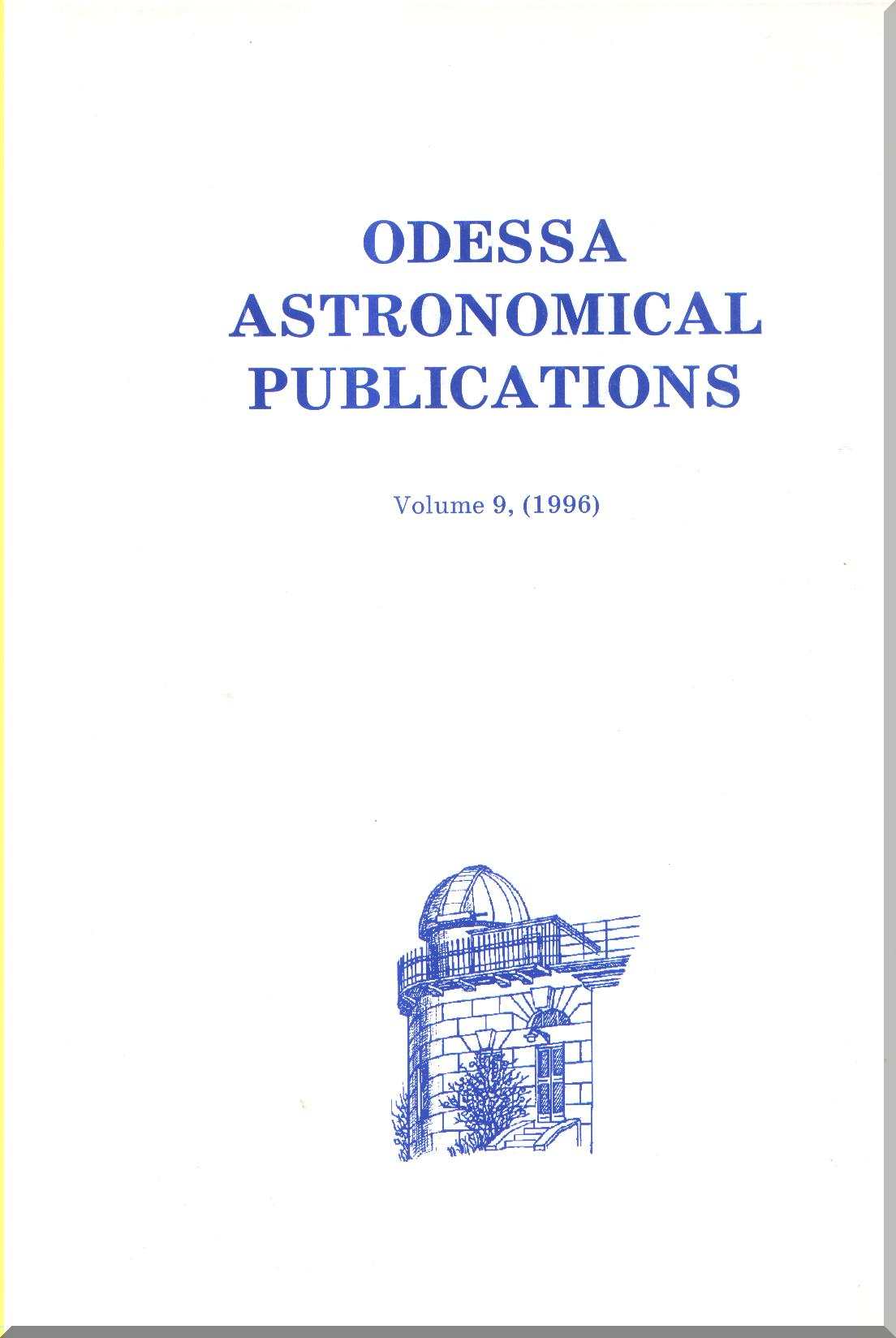OBSERVATIONAL MANIFESTATIONS OF EARLY MIXING IN B- AND O-TYPE STARS
DOI:
https://doi.org/10.18524/1810-4215.1996.9.109168Ключові слова:
stars, structure, mixingАнотація
The helium and nitrogen enrichment of the atmospheres of early B-type stars during the main sequence (MS) evolutionary phase is re-analysed. It is confirmed that the effect depends on both the age if and the stellar mass M. For example. the helium abundance He/H increases by 0.04 (60-70% of initial value) for stars with M= 8 - 13M○ and by 0.025 (about 30%) for stars with M = 6M○. The nitrogen abundance rises by three times for M =14M○ and by two times for M = 10M○. According to the latest theoretical computations, the observed appearance of CNO-cycled material in surface layers of the stars can be a result of the rotationally induced mixing, in particular, of the turbulent diffusion. Carbon is in deficiency in B stars, but unexpectedly does not show any correlation with the stellar age. However it is shown that the total C+N abundance derived for early B stars conflicts with the theory. Basing on modern data the helium enrichment is first examined in O-type MS stars, as well as in components of binaries. As compared with early B stars, the He abundance for more massive 0 stars and for components of binaries show a different relation with the relative age t/tMS. Namely during the first half of the MS stage the normal value He/H = 0.08 - 0.10 is conserved. Whereas in the short time between t/tMS ≈ 0.5 and 0.7 a sharp jump is observed up to He/H =0.2 and more. In particular, such a jump is typical for fast rotating 0 stars (v sini ≥ 200 km s-1). Therefore the effect of mixing depends on mass M , relative age t/t MS rotational velocity v and duplicity. The mass problem (the discrepancy between Mev) and Msp) is also analysed, because some authors consider it as a possible evidence of early mixing, too. It is shown that the accurate data for components of binaries lead to the conclusion that the discrepancy is less than 30%. Such a difference can be removed at the expense of the Mev lowering, if the displacement of evolutionary tracks owing to the rotationally induced mixing is taken into consideration.
Full version of this paper will be published in Astrophysics and Space Science.
##submission.downloads##
Опубліковано
Номер
Розділ
Ліцензія
Авторське право (c) 2017 Odessa Astronomical Publications

Ця робота ліцензується відповідно до Creative Commons Attribution-NonCommercial 4.0 International License.
Відповідно Закону України про авторське право і суміжні права N 3792-XII від 23 грудня 1993 року
